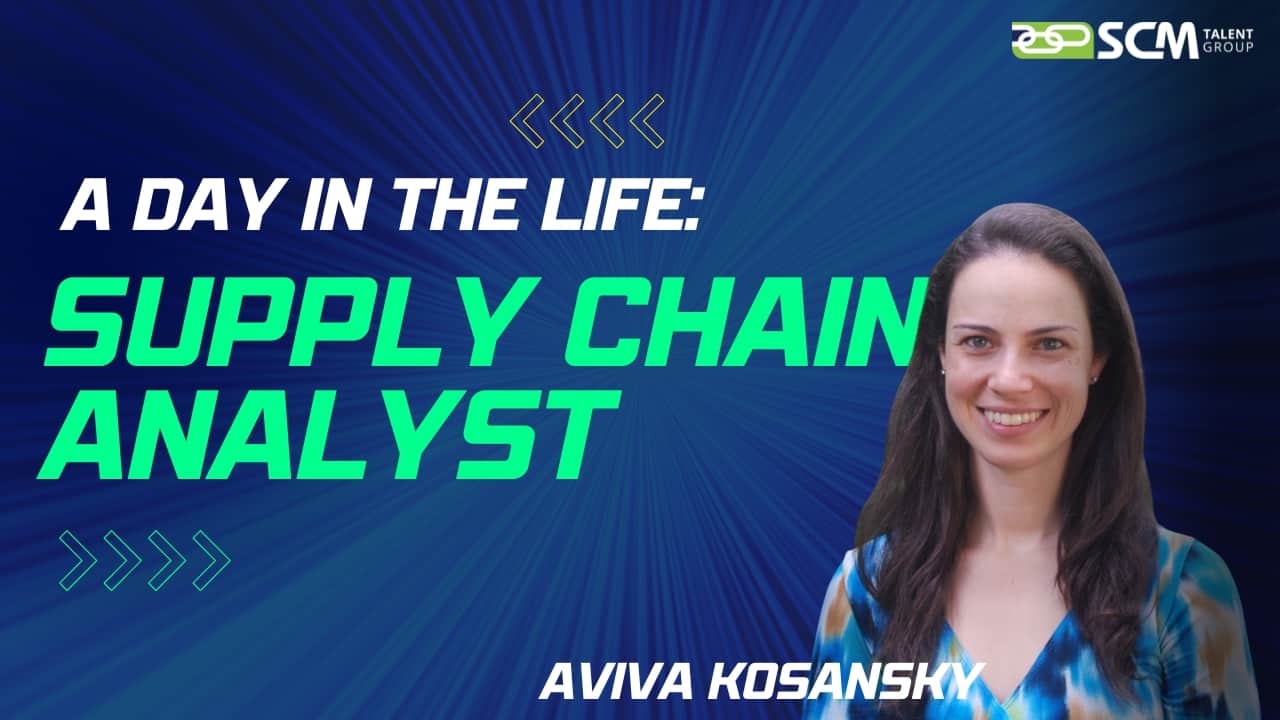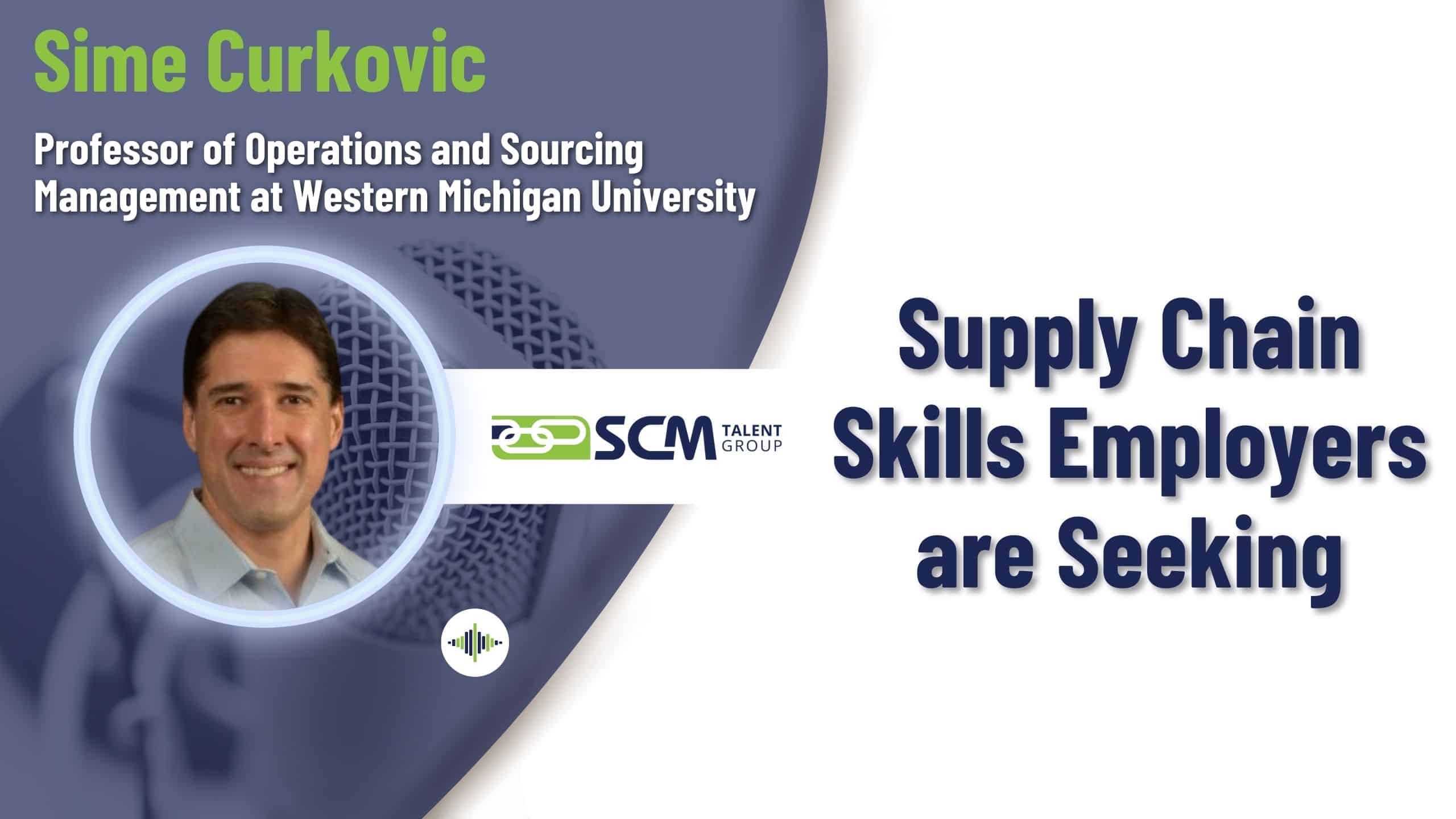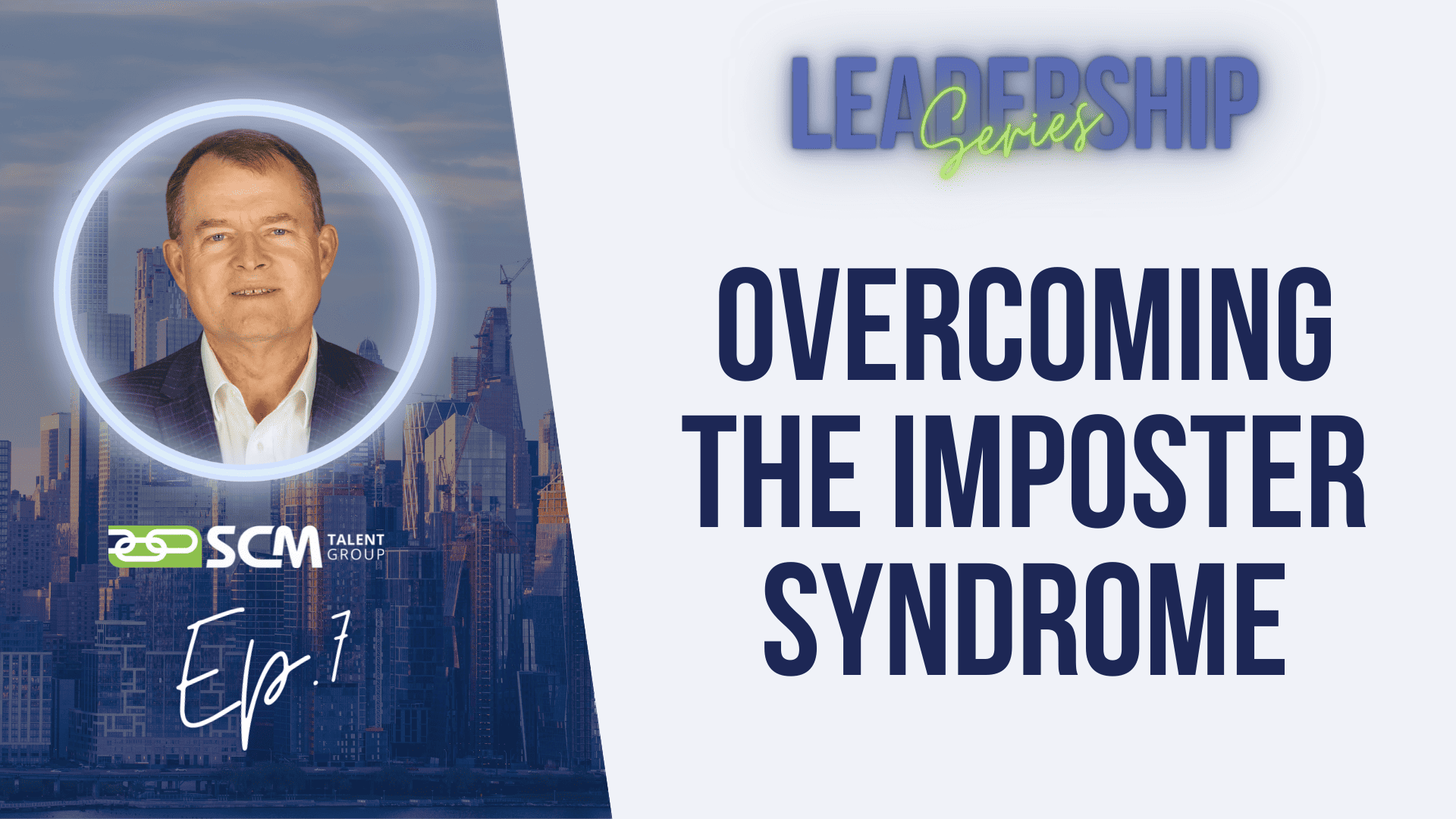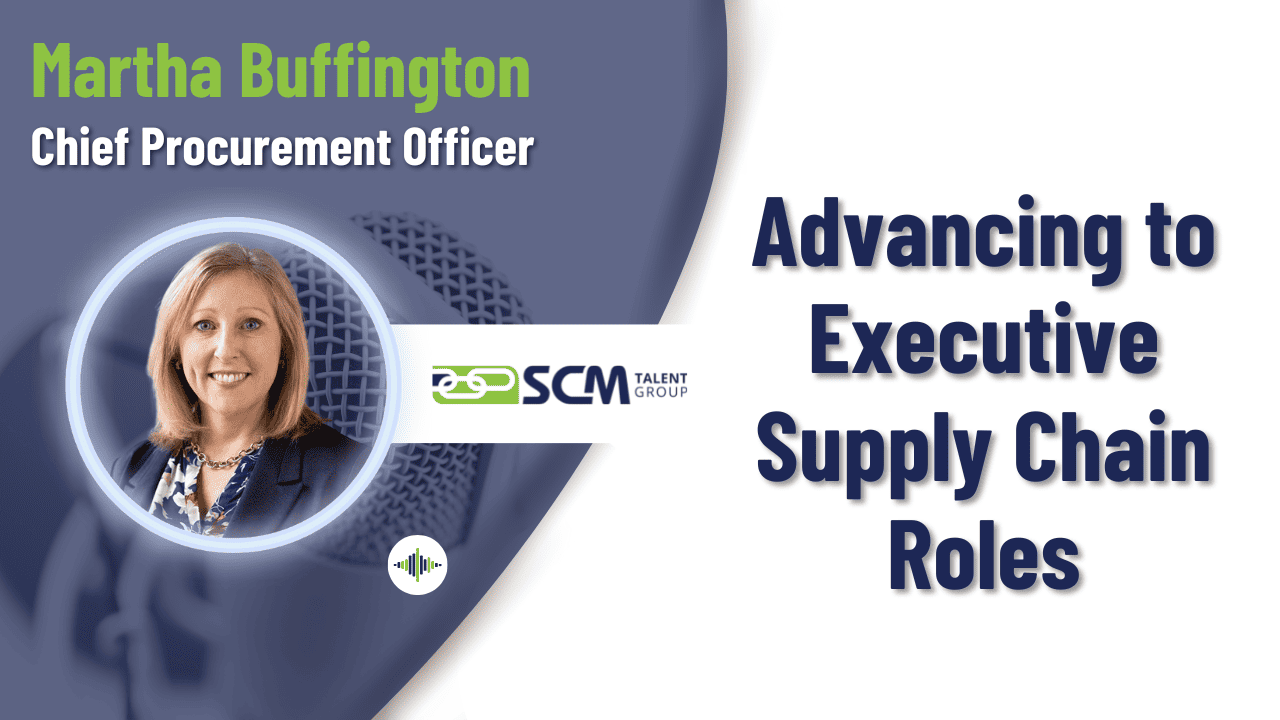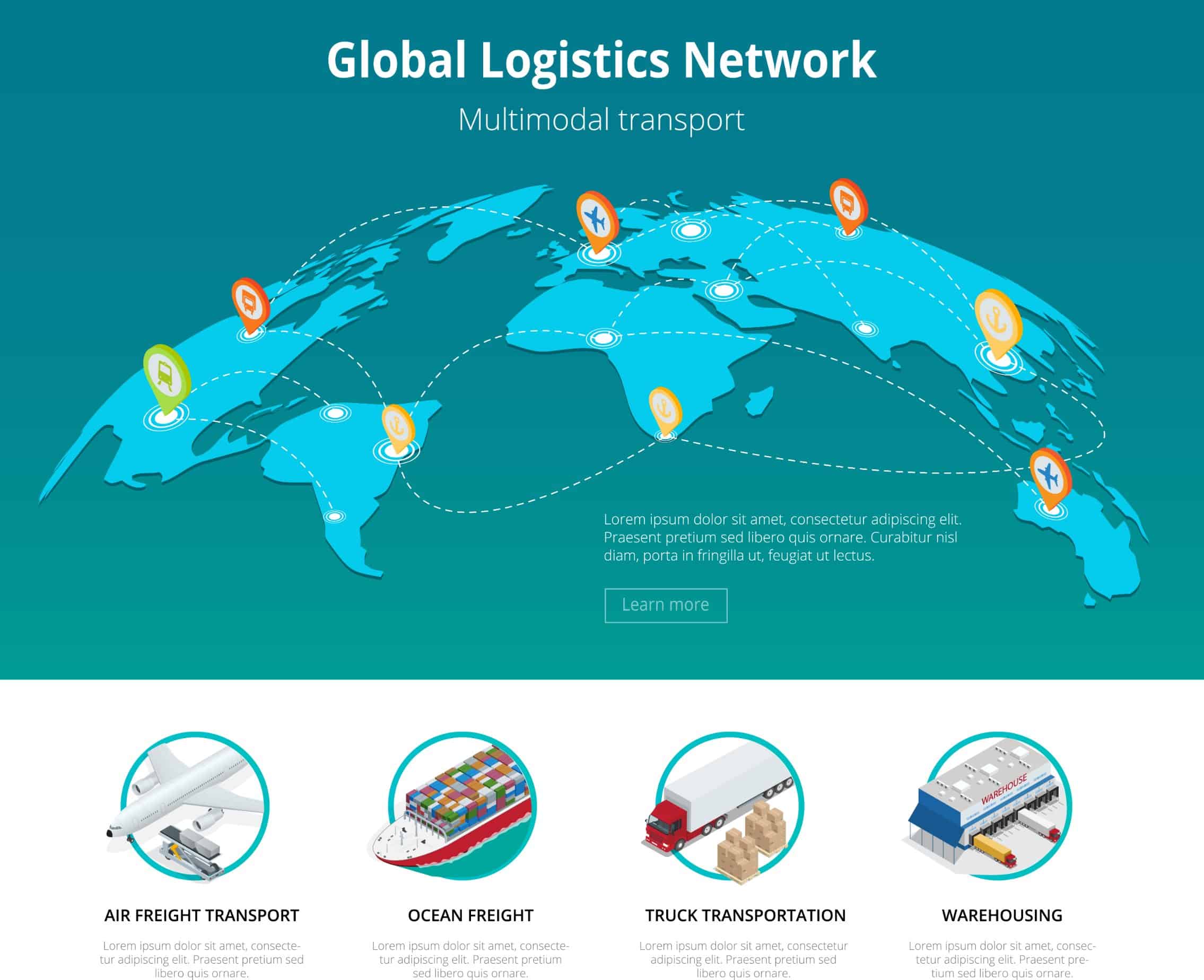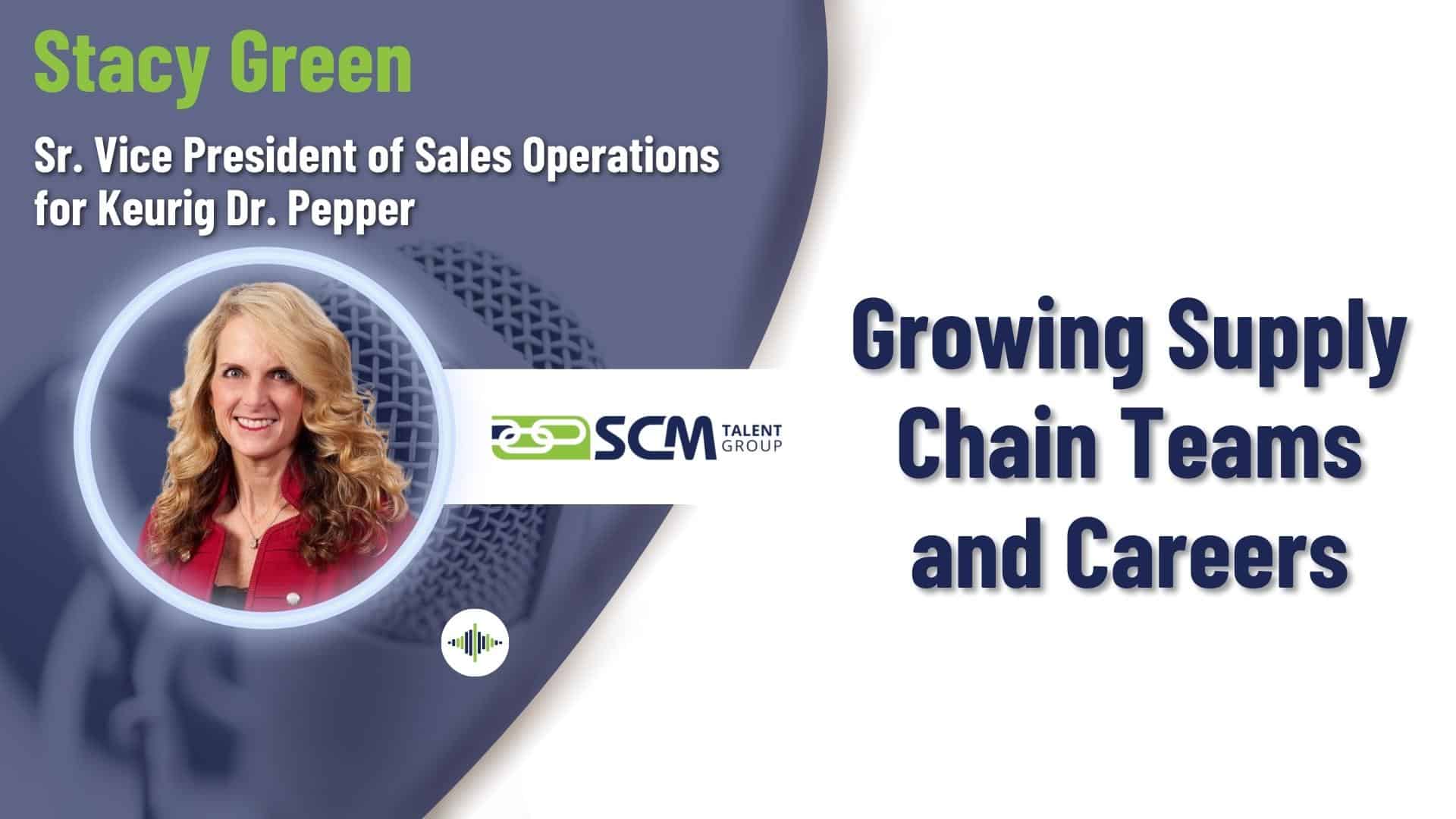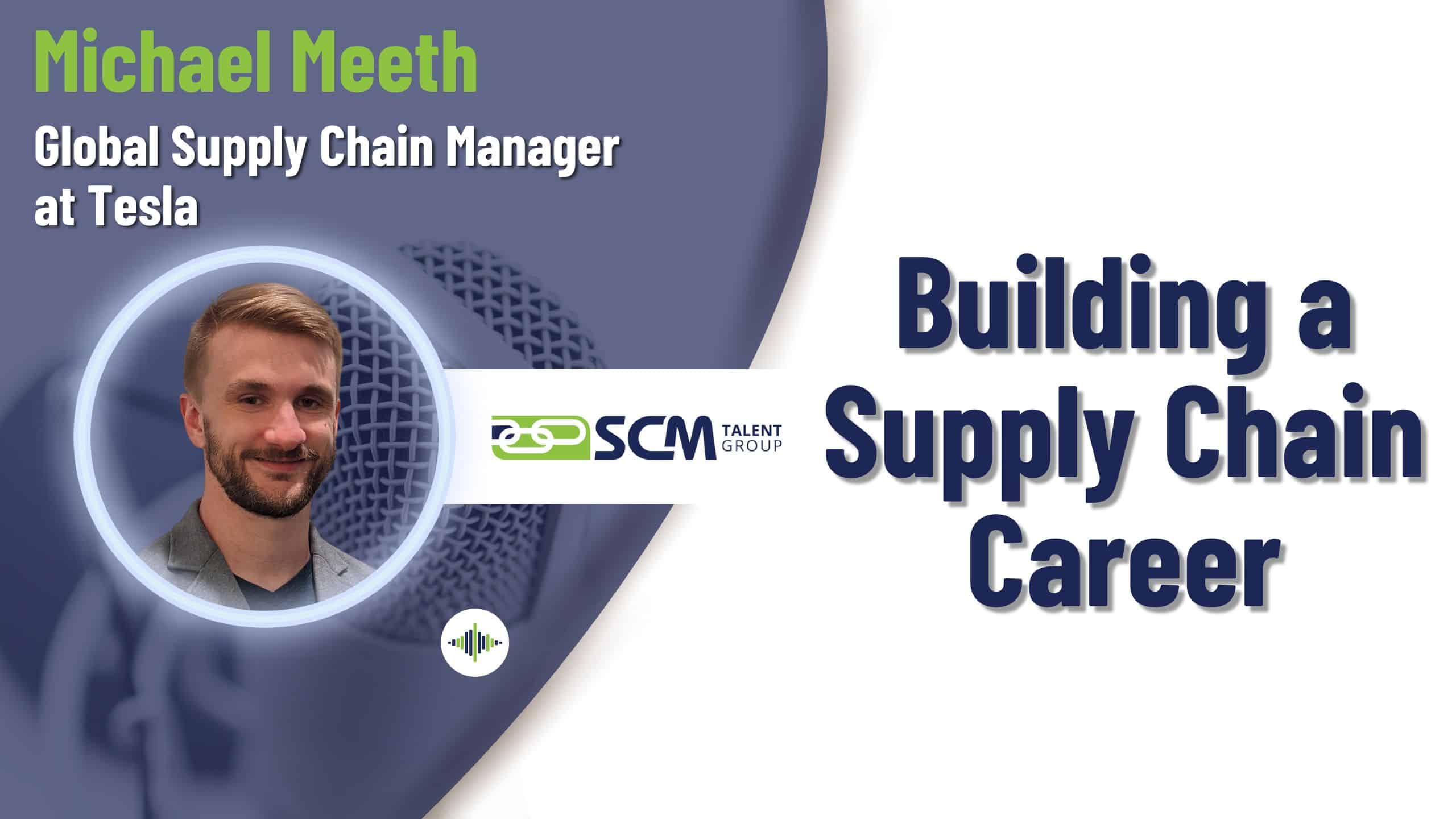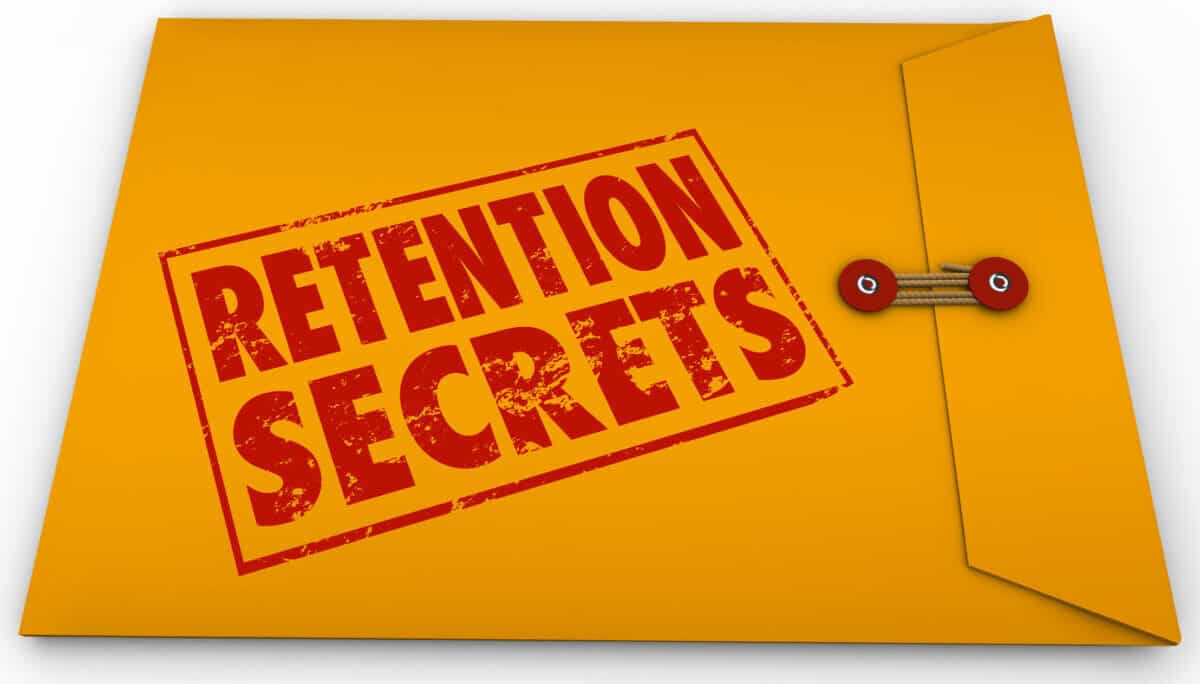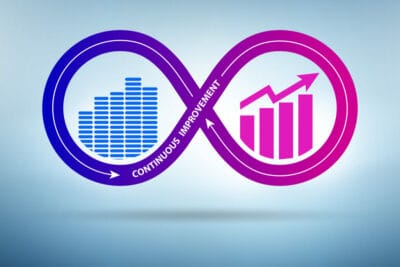Content Hub
A curated collection of supply chain content that includes insights on current trends and analysis, career advancement and development, and hiring practices from supply chain thought leaders.
Podcast: Advancement in Transportation & Logistics Careers – with MIT Executive Director, Chris Caplice
Listen to our 48th Supply Chain Career Podcast Episode featuring MIT Executive Director, Chris Caplice!
Podcast: A Day In The Life of a Supply Chain Analyst
Listen to our 2nd episode of the Day-In-The-Life of a Supply Chain Professional podcast series! Hear the day-to-day activities of a Supply Chain Analyst at Profit Point Inc!
Tips to Avoid Thanksgiving Supply Chain Disruptions!
Strategic Sourcing and logistics hurdles could easily disrupt your Thanksgiving supply chain! Here are some tips to navigate these pitfalls before they happen!
Podcast: Supply Chain Skills Employers are Seeking- with Sime Curkovic, Professor at Western Michigan University
Listen to our 45th Supply Chain Career Podcast Episode featuring Sime Curkovic, a Supply Chain Professor for Western Michigan University!
Building a Manufacturing and Supply Chain Career with Michael Meeth
This article recounts a podcast interview we did with Tesla's MIchael Meeth as he recounts his supply chain career journey from college to Whirlpool to Tesla.
Leadership Series Ep 7: Confidence & Overcoming the Imposter Syndrome
In this episode, we discuss how to advance your career by being able to recognize when you are losing confidence and falling into the imposter syndrome.
Mission: Follow-up Interview
How do you get the follow up interview in [...]
Podcast: Advancing to Executive Supply Chain Roles – with Chief Procurement Officer, Martha Buffington
Listen to our 47th Supply Chain Career Podcast Episode featuring Chief Procurement Officer, Martha Buffington!
SCM Talent Group Expands Recruiting Team with Two Boeing Supply Chain Professionals
Former supply chain employees for Boeing join the recruiting team for SCM Talent.
Podcast: A Day In The Life of a Vice President of Supply Chain
Listen to our 1st episode of the Day-In-The-Life of a Supply Chain Professional podcast series! Hear the day-to-day activities of a Vice President of Supply Chain at Red Bud Brands!
Leadership Series Ep 6: Being Stuck in a Career Rut – Recognition & Solutions
In this episode, we discuss how to advance your career by being able to recognize when you are stuck in a rut, when work might seem stale, your energy level seems to be dropping, or you've stopped learning
What Does a Recruiter Do?
Supply Chain recruiters use their knowledge and expertise of the end-to-end supply chain to source and place highly qualified supply chain talent.
Podcast: Growing Supply Chain Teams & Careers – with Stacy Green, SVP at Keurig Dr. Pepper
Listen to our 46th Supply Chain Career Podcast Episode featuring Stacy Green, Senior Vice President of Sales Operations for Keurig Dr. Pepper!
Project Manager Job Description
This project manager job description outlines qualifications, duties, required experience, salary range, and benefits for this position.
State of the Supply Chain Job Market: Labor Hoarding and Co-Sourcing
The supply chain labor market has been going through volatile changes and disruptions. Staffing has been a challenge at the front line and in professional ranks for the past two plus years. In the last six months, there have been signs that economic activity is slowing. Some spaces, including technology, have seen the beginnings of layoffs. This is what we would expect given history. To date, this type of activity has been less prevalent in Supply Chain jobs. So what is different about jobs in Supply Chain and will we see this continue? Supply Chain leaders are using different approaches and we will discuss a few of them. One such shifting dynamic is labor hoarding - an age-old term used to describe the retention of a company’s labor base during down economic times.
Leadership Podcast Series Ep 5: Collaboration Externally & Internally
In this episode, listen to former Coca-Cola Supply Chain Executive, Chris Gaffney, speak on how to advance your career by being more aware of and developing better collaboration skills, both internal and external..
Podcast: Building a Supply Chain Career – with Tesla Global Supply Chain Manager, Michael Meeth
Listen to our 44th Supply Chain Career Podcast Episode featuring Michael Meeth, a Global Supply Chain Manager from Tesla!
Leadership Podcast Series Ep 4: Personal Productivity
In this episode, listen to former Coca-Cola Supply Chain Executive, Chris Gaffney, speak on how to maximize your personal productivity.
Employee Retention Strategies in 2022
We are at the beginning of 2022 and many pundits are making their annual predictions. I would like to do the same as a service to my fellow Supply Chain leaders: I predict you will lose one of your most valuable employees in 2022, but it does not need to happen.
Warehouse Manager Job Description
Warehouse managers tend to work at a single facility, managing one or more aspects of the flow of goods, from incoming receipt of goods to putaway/storage, then picking, packing, and shipping of goods out of the facility.
Supply Chain Analyst Job Description
The range of possible responsibilities for the position title of Supply Chain Analyst can be very broad and may be found in every part of supply chain and in every industry. This position naturally concentrates on understanding supply chains, but may be applied to purchasing/sourcing, production/operations, or logistics/distribution. A supply chain analyst needs to be able to access, interpret and leverage data to help companies make decisions for the sourcing, production, and distribution of products. They ensure that the company’s materials and products keep flowing and that supply meets the internal or customers’ demand, is delivered on time, and keeps the company on budget. They may evaluate supplier pricing, product mixes, or transportation costs, or possibly a blend of all these across the supply chain.
Industrial Engineer Job Description
If you’re producing and moving goods, you need a transportation manager. These individuals handle and understand how goods are moved throughout the supply chain and all modes of transportation therein.
Transportation Manager Job Description
If you’re producing and moving goods, you need a transportation manager. These individuals handle and understand how goods are moved throughout the supply chain and all modes of transportation therein.
S&OP Manager Job Description
Top-tier companies that are successful in meeting demand with supply and maximizing profitability more than likely have a Sales and Operations Planning (S&OP) process that is actively managed. S&OP has grown into a major business process in order to manage the balance and trade-off between conflicting preferences of the supply and demand side of the supply chain. It is one of the most critical business processes used to achieve “best in class” performance for companies to consistently outperform competitors. The S&OP process integrates demand, supply, and financial planning into a forward-thinking plan based on input from the organization’s key functional areas, including sales, marketing, manufacturing, distribution, and finance. S&OP links strategic plans to operational plans and strives to develop the most beneficial product portfolio and product mix to maximize sales and profit. The best S&OP processes include superior cross-functional participation and engagement from across the organization, working as a team with a specific person in the role of owner. Similar Job Titles: Sales Planning/Planner Supply Planning/Planner Demand Planning/Planner Demand/Supply Forecasting
Continuous Improvement Specialist Job Description
In order for a company to stay on top of its game, it needs to be constantly looking at ways to perform more efficiently. Current processes need to be analyzed and changes made where improvements will optimize the organizational performance. A Continuous Improvement Specialist has this responsibility. A Continuous Improvement Specialist analyzes a company’s processes and makes suggestions on how to improve them, working with the Operations and Supply Chain teams in recognizing opportunities, making and implementing changes, and sustaining improvements. This position is most often found, but not exclusively, in a manufacturing company.

